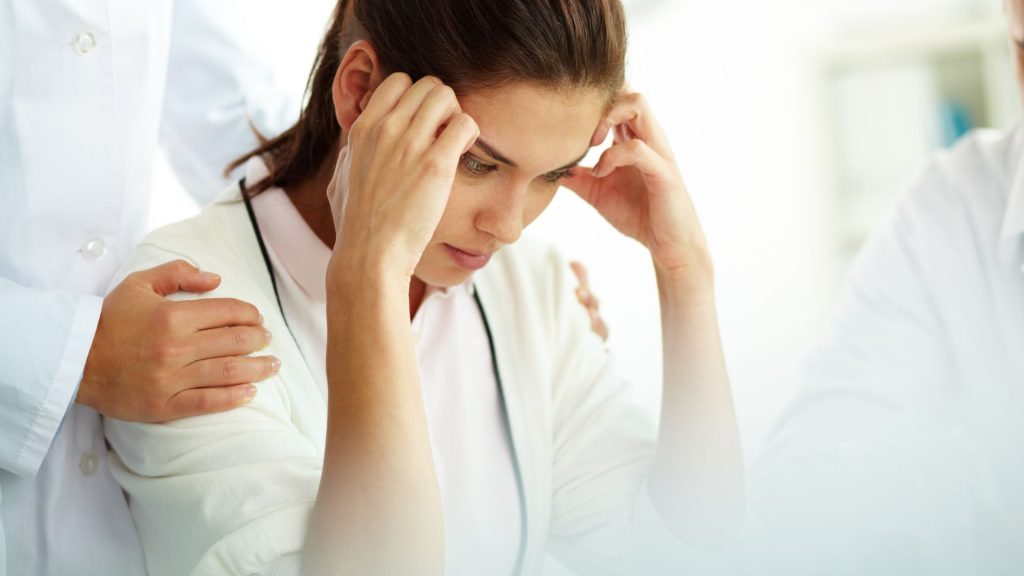Migraines are so prevalent, it seems there would surely be an effective cure by now – yet no such remedy exists, at least not for everyone. Pain relief medication and preventive therapies may offer temporary relief; but lasting solutions may require ongoing efforts.
Maintain a migraine diary to identify triggers. Take note of premonitory symptoms (like food cravings, mood changes or uncontrollable yawning) or postdrome (an uncomfortable sensation after experiencing migraine), or consider other treatment methods like acupuncture and herbal treatments which could provide some relief.
Caffeine
People living with migraines may turn to caffeine as an acute treatment option; however, this may not work for everyone as caffeine can cause side effects like headache and stomach upset in some individuals. Individuals should slowly decrease their caffeine consumption over a period of several weeks in order to see if their symptoms improve.
Some over-the-counter and prescription painkillers, including acetaminophen, aspirin, ibuprofen and naproxen (Advil, Motrin IB, others) have proven beneficial in managing migraine symptoms. Triptans (sumatriptan, zolmitriptan, naratriptan almotriptan and frovatriptan are designed specifically to treat migraines).
These medications work by blocking certain receptors in the brain to stop neurotransmitters from being released and causing pain, though their exact mechanism of action remains elusive. Furthermore, some migraine pain relievers contain caffeine as an additional method of relief; initially it was believed this action restricted blood vessels, yet now researchers believe caffeine’s effectiveness may lie elsewhere within your body’s systems.
Bright Light
Migraine sufferers frequently cite light as one of the main triggers, while some even experience light sensitivity, or photophobia, which causes their eyes to feel sensitive to light and worsens headaches, leading them to be completely incapacitated during an attack.
Underlying this is that migraine pain is caused by activation of certain neurons in the brain, while light sensitization (photophobia) makes nerve cells even more sensitive to light sources; blue-tinted lights such as those emitted by most modern lightbulbs or cell phone screens have been known to exacerbate migraine pain symptoms.
One study concluded that green light therapy did not worsen migraine pain and may even help prevent future attacks. Under this treatment method, people spend consistent periods in a narrow band of green light – while this may not provide immediate relief, it’s relatively inexpensive and can easily be completed at home.
Dehydration
An insufficient fluid intake isn’t necessarily the cause of migraine headaches, but it may make them worse. Studies have demonstrated that dehydration increases both their frequency and intensity.
Drinking enough water is an easy and affordable way to treat migraine attacks quickly. Sipping on a glass as soon as you feel one coming can provide instantaneous relief.
Carry a water bottle and sip from it throughout the day for maximum hydration. Additionally, try replenishing lost fluids by sipping on low-sugar sports drinks that contain balanced glucose and electrolyte levels to replenish fluid loss.
Lemon* is an age-old health drink packed with vitamin C and can soothe an upset stomach associated with migraine attacks. Peppermint tea can also be effective, and tastes delicious both hot or iced. Almonds* contain magnesium which has been proven to decrease migraine headaches; you can snack on them plain or add them into fruit smoothies as part of a preventive regime.
Triggers
Targeting these triggers, known as migraine triggers, can help control migraine attacks. One effective method for doing so is keeping a headache diary and recording which ones cause episodes.
Food, particularly cheese and other dairy products, cured meats, artificial sweeteners, caffeine and other stimulants can trigger migraines in certain people. Bright lights, loud noises or strong odors may also precipitate an attack.
Physical stress is often an effective migraine trigger. For instance, if a young woman with migraines comes home late from a stressful work meeting shortly before her period is due and then goes directly to bed without eating something before bedtime, her odds of experiencing an attack increase significantly more than otherwise.


